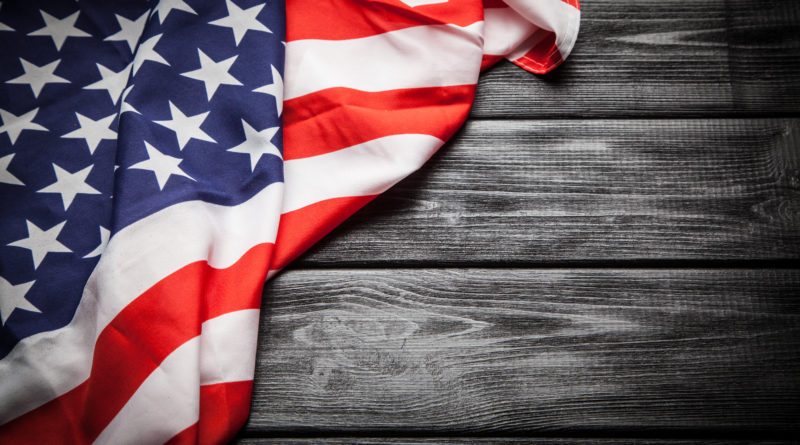A Primer on Flag Day, Then And Now
1,021 total views, 1 views today
Every year on June 14th, the American Flag Day holiday commemorates the anniversary of the first-ever U.S. flag. Over two centuries after the first flag was designed and flown, the holiday still persists, but the U.S. is a completely different nation than it was then, and modern laws around flags entail rules that the original flag designers may never have imagined.
How Flag Day came to be
In 1885, more than a full century after the 1777 adoption of the ubiquitous stars and stripes pattern, one teacher in a small Wisconsin village shaped American history. That year, Bernard Cigrand first advocated for an annual flag celebration to take place annually on June 14th. All the students at Cigrand’s school participated in a formal celebration of the occasion that would go on to be Flag Day.
Four years later, in 1889, Flag Day caught on in New York. There, kindergarten teacher George Balch staged a Flag Day celebration for the students of his school, and shortly after his ceremony, the State Board of Education of New York adopted his idea statewide. By 1894, New York’s governor had declared that all government buildings would display the flag every year on June 14th, while in Chicago, the American Flag Day Association was founded to oversee citywide celebrations there.
Just over two decades later, in 1916, President Woodrow Wilson issued a proclamation that formally established the holiday. In 1949, President Harry S. Truman signed an Act of Congress that fully formalized June 14th as the annual Flag Day celebration. Since then, the tradition has remained relatively unchanged, but conversations about the flag have led to certain flag norms and facts being revised.
Believe it or not, Betsy Ross didn’t design the U.S. flag
Many historical texts of the United States’ founding have credited the upholsterer Betsy Ross with designing and creating the first American flag in 1777. Ross even has a page devoted to her on Historic Philadelphia’s official website, whereas most women of the time held limited or no societal influence since they were denied the right to vote.
However, historians have recently noted that there actually exists no true evidence that Ross was at all involved in the flag’s creation. The famous painting of her creating the flag is not a portrait of a real occurrence, just as Ross’ grandson’s story that George Washington personally asked Ross to design the flag has been proven untrue.
Flags can be burned
Flag Day upholds the U.S. flag as a sacred symbol not to be defiled. In 1968, at the height of Americans burning U.S. flags in protest of the Vietnam War, the Flag Protection Act was implemented to make flag burning a crime. However, two decades later, the Supreme Court ruled this act a violation of the First Amendment’s freedoms, and following this decision, flag burning — once a radical form of protest — has become more commonplace and, by some measures, notably less radical.
How, if at all, do you celebrate Flag Day? Let us know what the holiday means to you in the comments!

